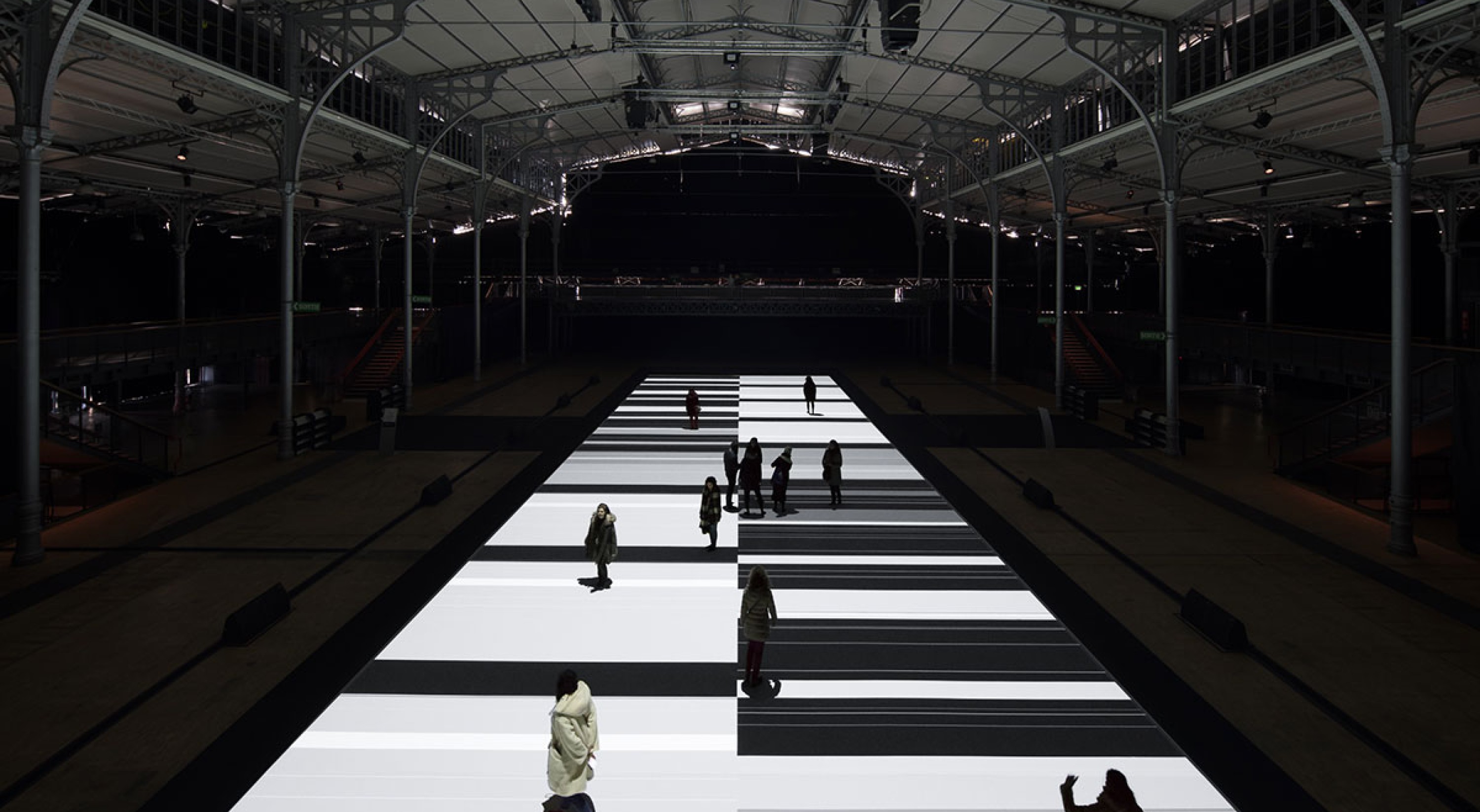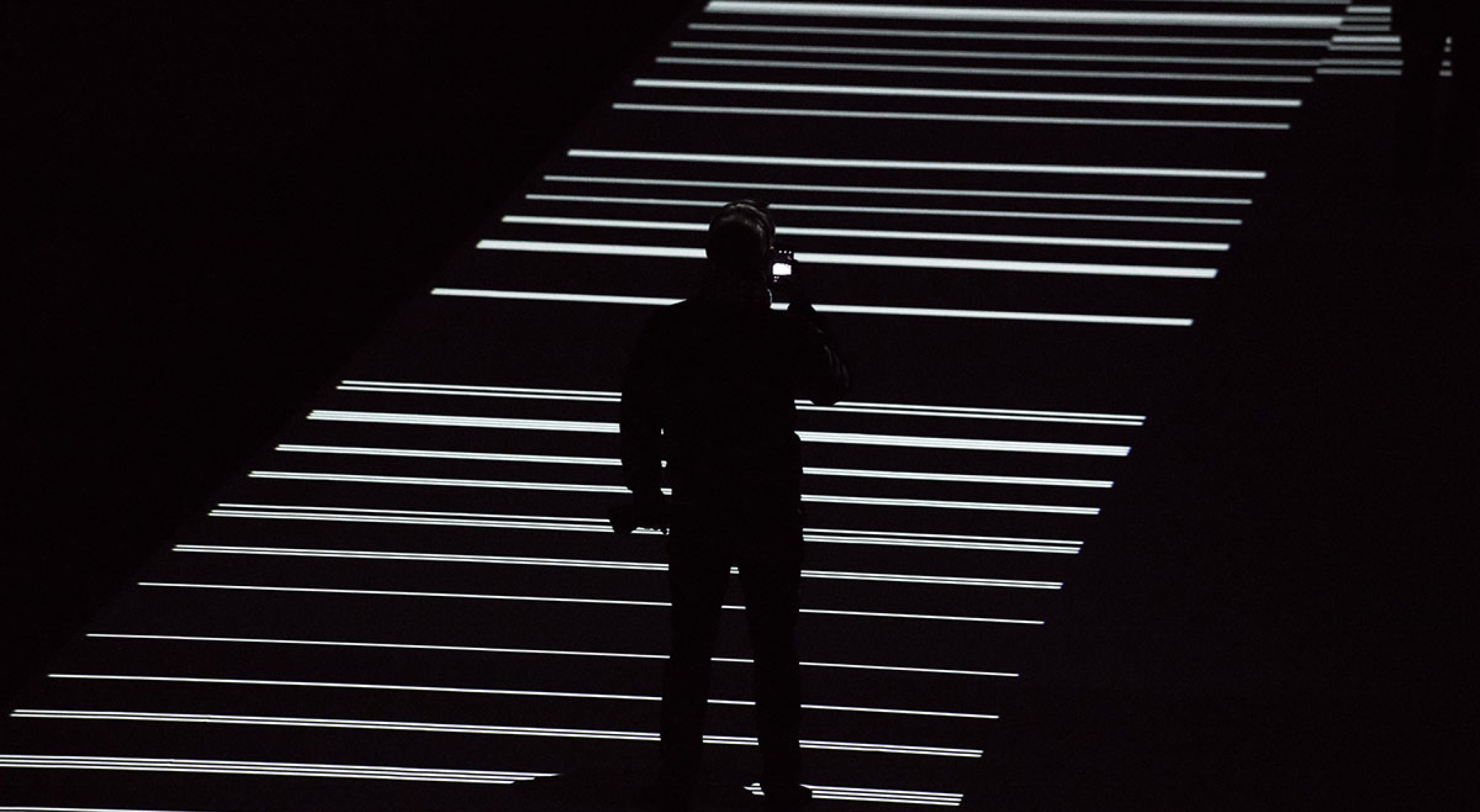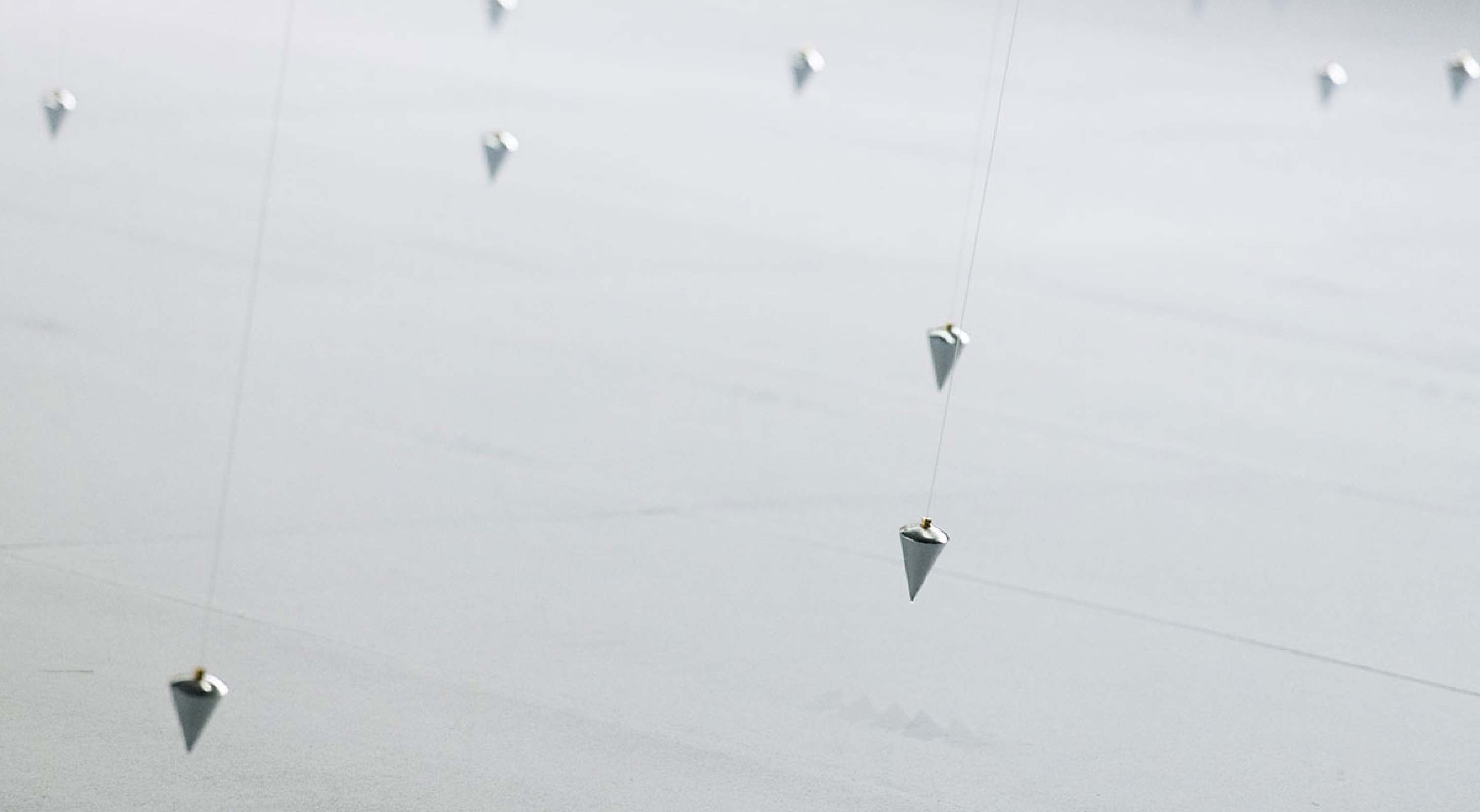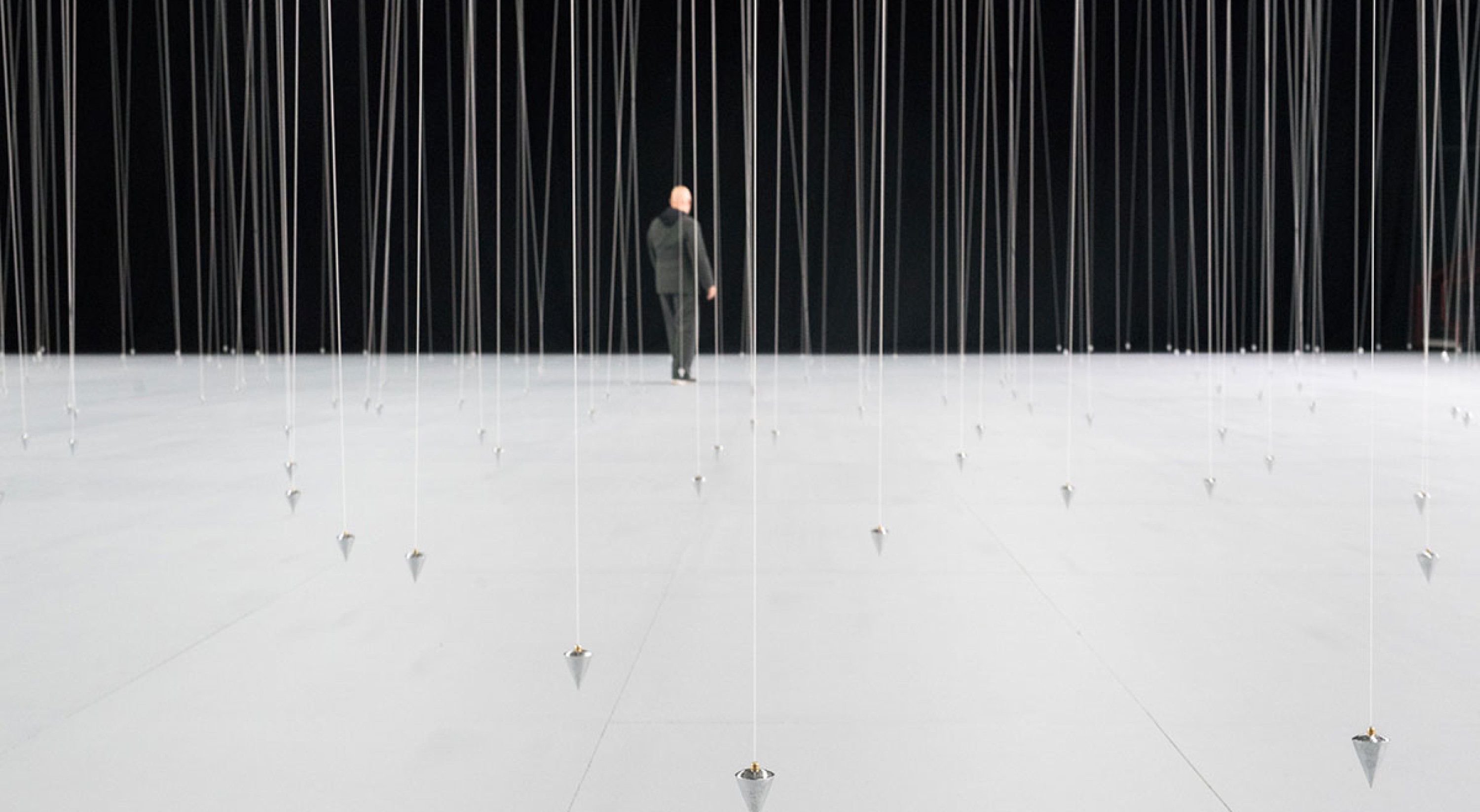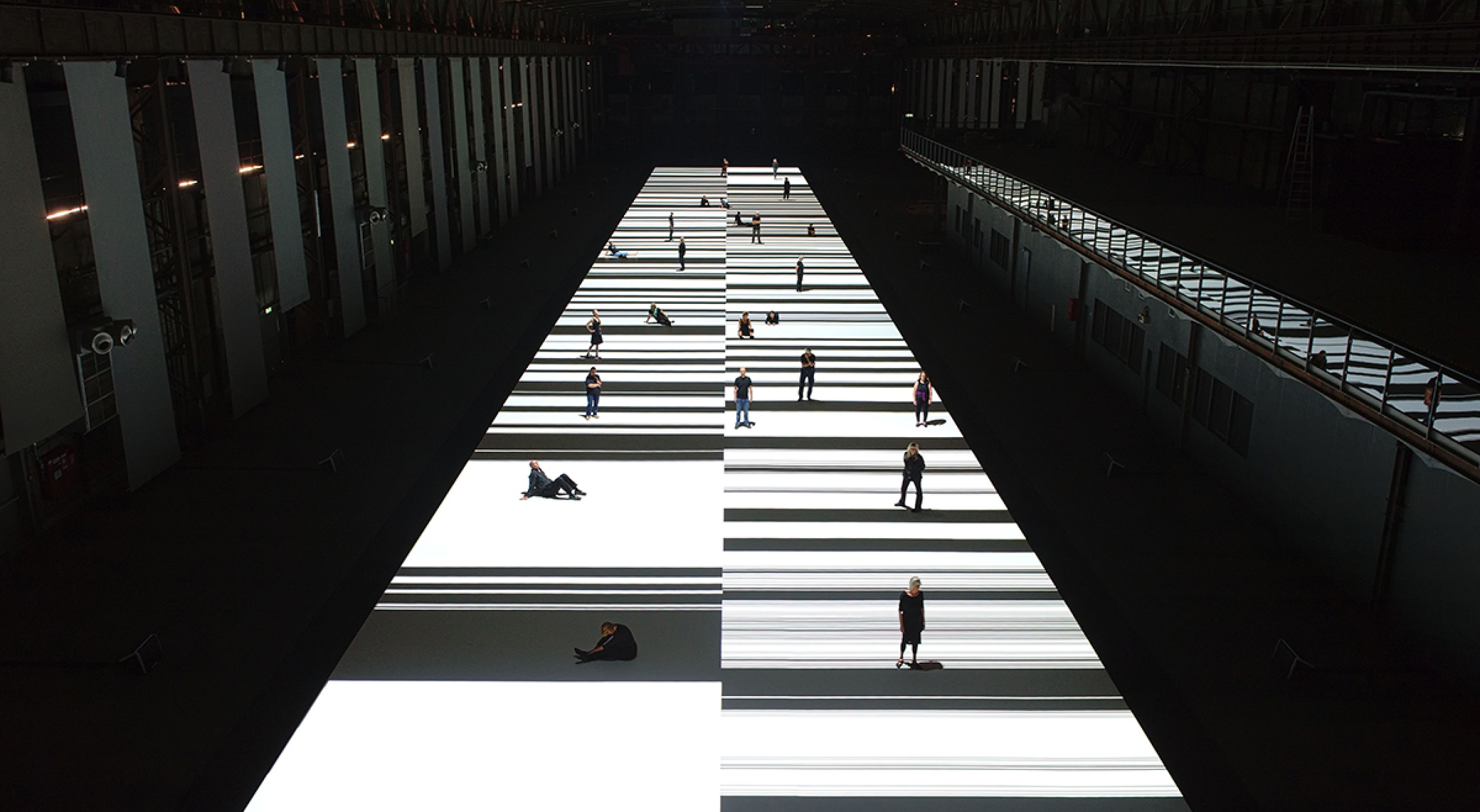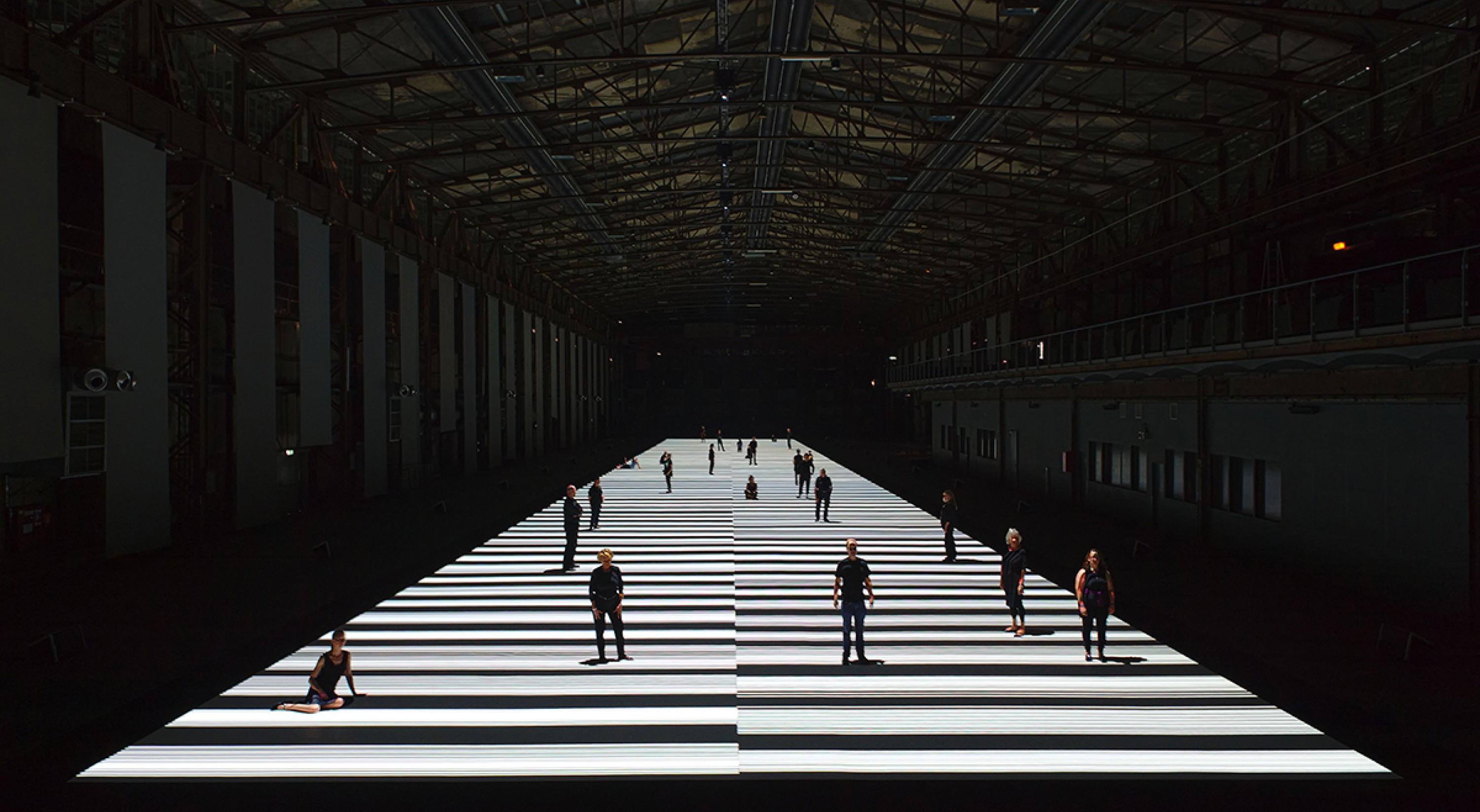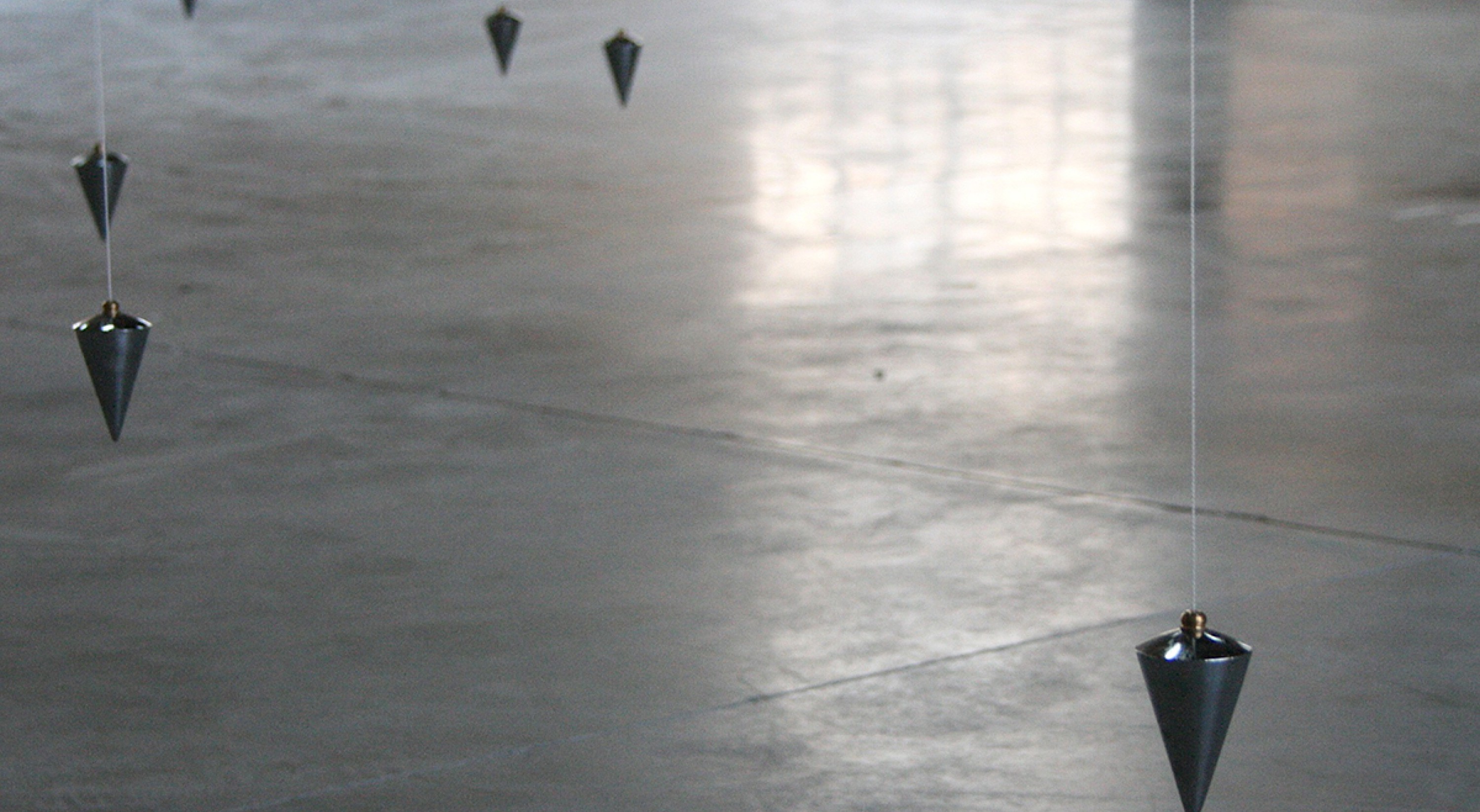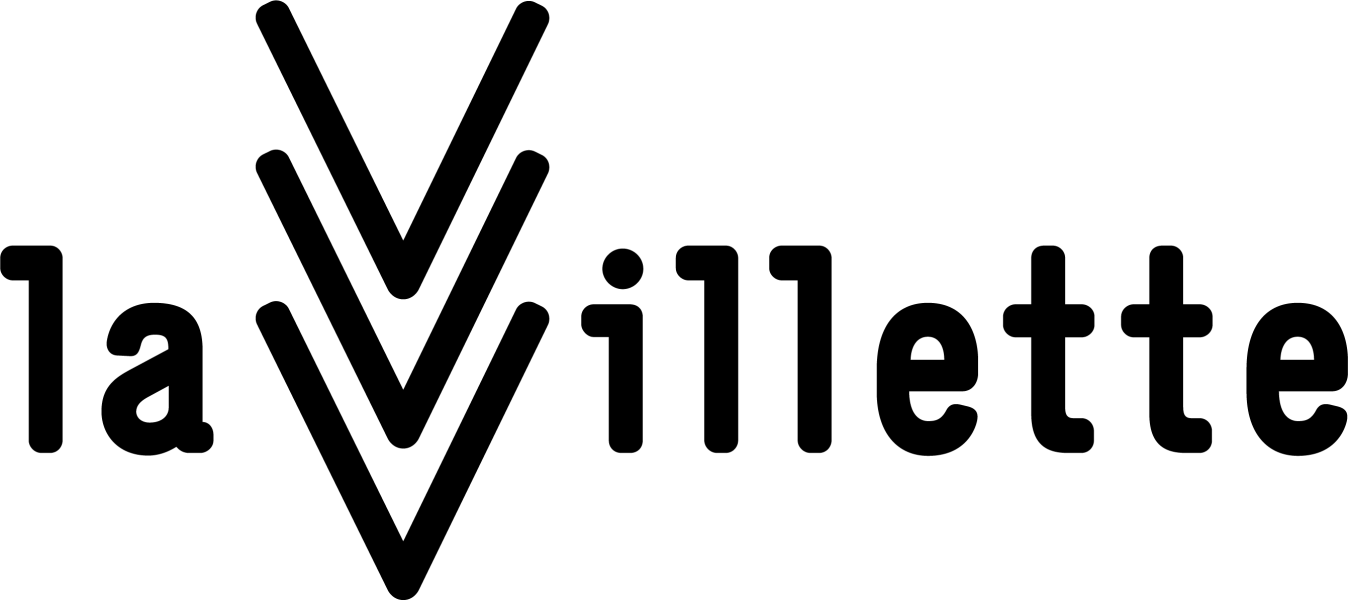William Forsythe x Ryoji Ikeda
decemberdec 1 – 31
Nowhere and Everywhere at the Same Time Nº2
Devised by William Forsythe
Producer, Julian Gabriel Richter
Technical conception and realization, Max Schubert
Construction, Christian Schubert
Programming, Sven Thöne
Co-produced by The Forsythe Company ; Ruhrtriennale – International Festival of the Arts // The installation was first shown on the 24th August 2013 as part of the Ruhrtriennale 2013
test pattern [n°13]
Devised and composed by Ryoji Ikeda
Infography and programming, Tomonaga Tokuyama
Produced by Ryoji Ikeda Studio (Paris, Kyoto) // The « test pattern » series of installations began in 2008 at Yamaguchi Center for Arts and Media.In association with La Villette (Paris) ; and Festival d’Automne à Paris
In this exhibition, William Forsythe, the iconoclastic choreographer and the multi-disciplinary musician Ryoji Ikeda present their artwork simultaneously. These two mesmerizing installations make for a mentally and physically engaging experience.
The former is a choreographer who, not content with having revolutionized “classical” ballet, has always been an exponent of choreography - which, says he, is not to be confused with dance.The latter, one of the leading figures in electronic music, approaches music in conjunction with its spatial and visual arts-related dimensions. Between William Forsythe, American but previously based in Frankfurt, whose work says much about his passion for music, and Ryoji Ikeda, Japanese but based in Paris, who made his artistic début as part of the groundbreaking Dumb Type collective, their paths were bound to cross. After collaborating in 2006 on Forsythe’s Antipodes I/II installation and then jointly presenting other installations on several occasions, spectators will once again be given the opportunity to compare their visual arts-based work. Nowhere and Everywhere at the Same Time N°2, an installation initially created in an abandoned building in New York and whose shape adapts to each new environment forms part of William Forsythe’s Choreographic Objects. It consists of hundreds of pendulum hanging in a space, prompting the visitor to rethink the relationship between his or her body and the space. It invites the visitor to be the activating force behind the work, he or she becoming its choreographer. As for Ryoji Ikeda, he presents a new, monumental variant of his Test Pattern project, in which he translates and materializes the influx of data (sounds, texts, photographs and films) which submerge our everyday lives. A hypnotic succession of black and white motifs, barcodes generated by the real time conversion of sound waves, unfurl before us at a dizzying rate in synch with the music. Spectators are invited on a journey into the confines of their perception, and with it, a meditation on the limits of their condition.
See also
In the same place
